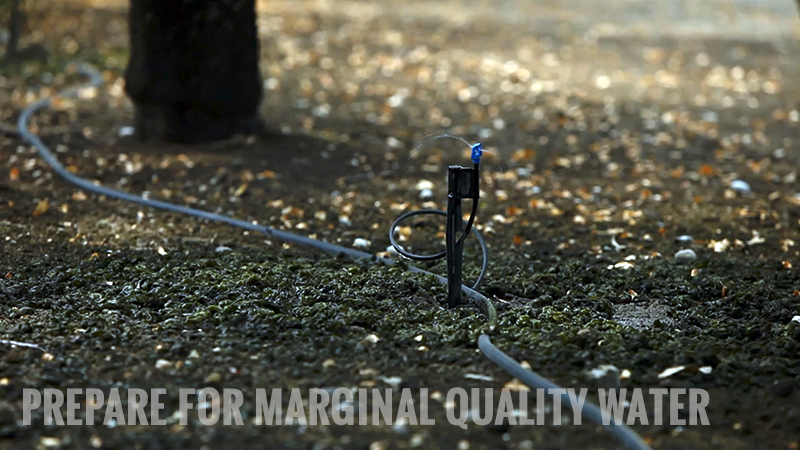More Than 1,000 Ag-Workers Stranded At Mexican Border
According to a news alert from The Department of State, a hardware failure in the State Department facility has prevented the issuing of thousands of temporary and immigration visas, leaving workers stranded at the Mexican border waiting to gain entry into the U.S.
The alert states that once the system is operational, priority will be given temporary agricultural workers.
While there hasn’t been an official announcement, we’ve heard from multiple sources that the glitch, which occurred on June 9, was fixed late in the evening of June 17.
According to a news release from Western Growers Association, approximately 1,000 H-2A workers have been stranded for more than a week at consulates in Tijuana and Nogales.
The news was also covered by the Wall Street Journal, which quoted Western Growers Association’s vice president and general counsel, Jason Resnick, as saying the holdup was “a crisis,” estimating California as losing an estimated $500,000 to $1 million for each day of the delay.
Despite the fix, Kerry Scott of MAS Labor, specialists in H2-A labor, says that it may be weeks until workers get appointments at the consulate, receive their visas, and gain entry.
“The better part of more than a weeks’ worth of visa appointments still need to be figured out. People who were sent back home because their visa appointments were up in the air have now got to figure out how to get back to the consulate, get their visa, and start the process all over again,” Scott says.
Growers Nervously Await Workers
Many workers are currently well overdue to harvest berries and other specialty crops across the U.S., and according to the Wall Street Journal, many are bracing themselves for big losses.
Maureen Torrey of Torrey Farms in Elba, NY, she says she has 234 workers scheduled to start harvest on July 5, but that there is a limited window of time for her workers to get appointments, receive their visas, and get to her operation before it’s too late.
“As of today, they would have to have appointments either on June 29 and 30, or July 1 to make it here. It’s a two day process, and I’m concerned that some of them won’t make their appointments. Once they do get the system up and running, are they going to make slots for additional appointments?” Torrey asks.
Currently, Torrey has 550 acres of cucumber, zucchini, yellow squash, green beans, and cabbage that will be ready for harvest on July 5.
“I have peers that are in worse shape that have their crops ready to be harvested and their help isn’t here,” she says. “If I don’t have my help the first week of July — we’ve got things planted, we’ve got moisture, and we’ve got heat — so if we don’t get things off on the first or second pick, we’re going to lose that first cycle.”
Working Toward A Solution
According to Scott, a lot a work is being done at MAS Labor and the State Department to get the system back up to speed.
He says that MAS Labor is optimistic that the consulate in Monterrey, Mexico, which processes the bulk of the H-2A and H-2B visas, will have the ability to fit some extra appointments in to help manage the load of the stranded workers.
“[The State Department] has been spending the last day or so, and we’ve been spending the last day or so figuring out how best to solve this problem, but it’s going to be several more days until anything is close to being on track again.”
Stay tuned to Growing Produce for future updates.









